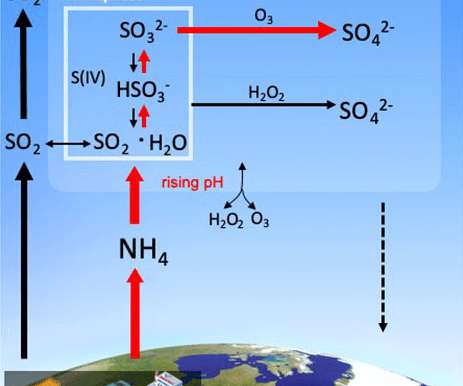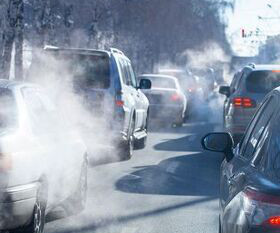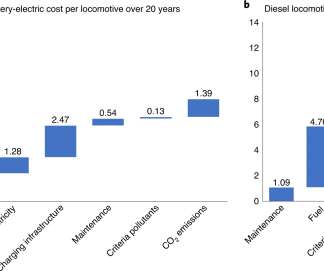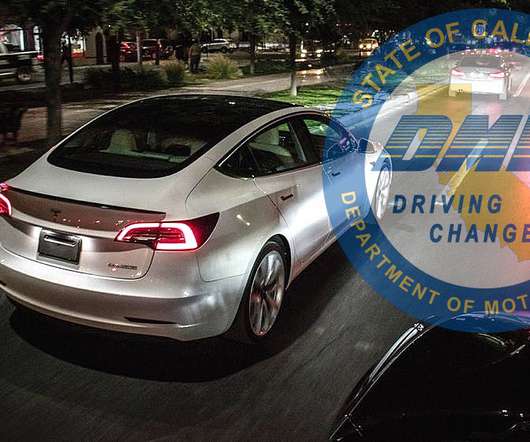Ice core data show why air pollution is dropping more slowly in US and Western Europe despite lower sulfur emissions
Green Car Congress
JUNE 1, 2021
Low-sulfur gasoline standards and regulations on power plants have successfully cut sulfate concentrations in the air, reducing the fine particulate matter that harms human health and cleaning up the environmental hazard of acid rain. This makes conversion of sulfur dioxide to sulfate more efficient.



































Let's personalize your content